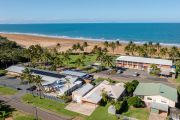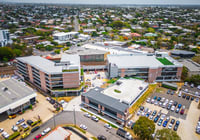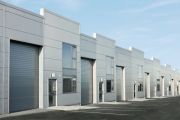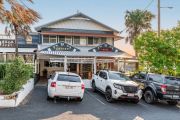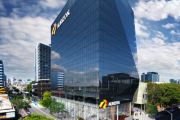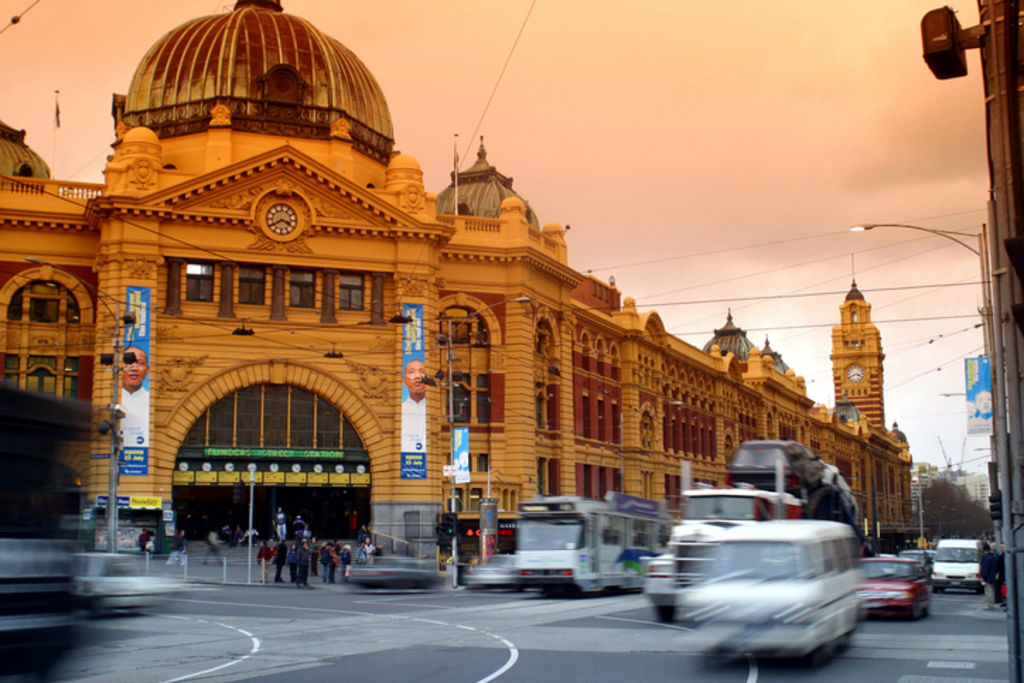
Commercial property sales break records in Victoria
Commercial property sales in Victoria reached a record high point in the 12 months to June, with Melbourne’s liveability credentials largely attributable, according to Savills.
Total sales hit $9.378 billion – comprising more than $4.74 billion in office transactions, $1.87 billion in industrial transactions and $2.77 billion in retail transactions, representing an 85 per cent increase on the 10-year average of $5.05 billion.
Savills’ Victorian manager research and consultancy, Monica Mondkar, said the results were without precedent.
“Property sales figures generally rise and fall in correlation with the fluctuations of economic cycles, as do other asset classes, however over the last five years commercial property investment has accelerated significantly at a time of relatively low global economic growth,” she said.
“From a $2.4 billion low in June 2012, sales almost doubled to $4.5 billion in 2013, rose another 53 per cent to $6.9 billion in 2014, rose a further 21 per cent to $8.4 billion in 2015. And in 2016 we have added another billion dollars to $9.4 billion, nearly double the 10-year average.”
Ms Mondkar said low interest rates had helped to boost Victoria’s rate of recovery.
“That is an unprecedented recovery driven by historically low interest rates and Australia’s safe haven status. Volatile global financial markets led investors to select core commercial property as a solid investment asset class,” she said.
Savills’ State Director – CBD & Metropolitan Sales, Clinton Baxter, said the record spend was largely due to Melbourne’s rising prominence as one of the world’s most livable cities, as well as its burgeoning education sector.
“There is no doubt that Melbourne has been very attractive to property investors – it is safe and secure on all economic, political and social fronts and offers excellent returns – but underlying that attraction is Melbourne’s widely acknowledged superior livability status, which is driving strong population and economic growth, and forecasts that it will become the nation’s demographic centre by 2050 or before,” he said.
“Whilst our investment yields have firmed to record low levels across all asset classes, to global investors our yields still appear very attractive relative to comparable assets in cities such as Singapore, Hong Kong, Kuala Lumpur, Taipei, Dubai and most major US cities.’’
